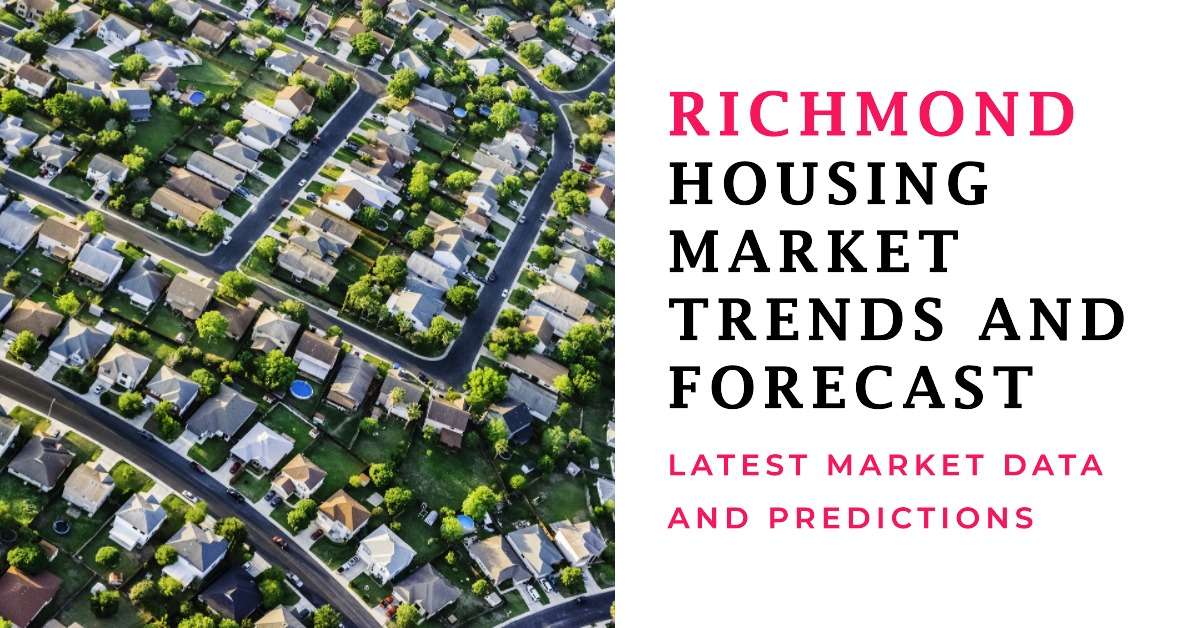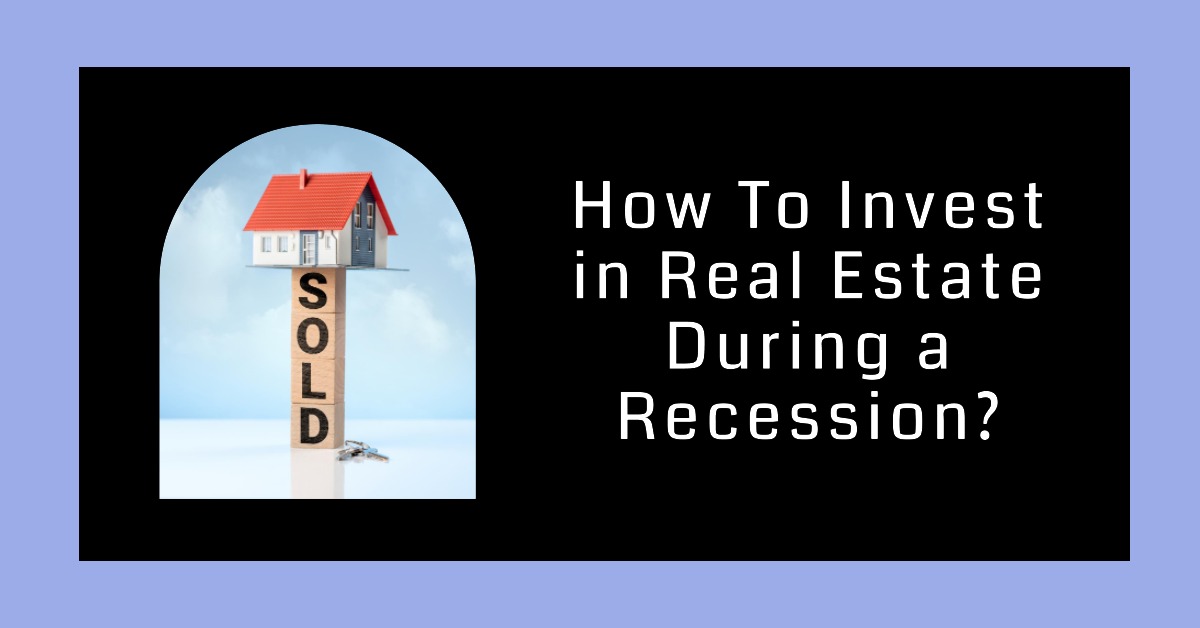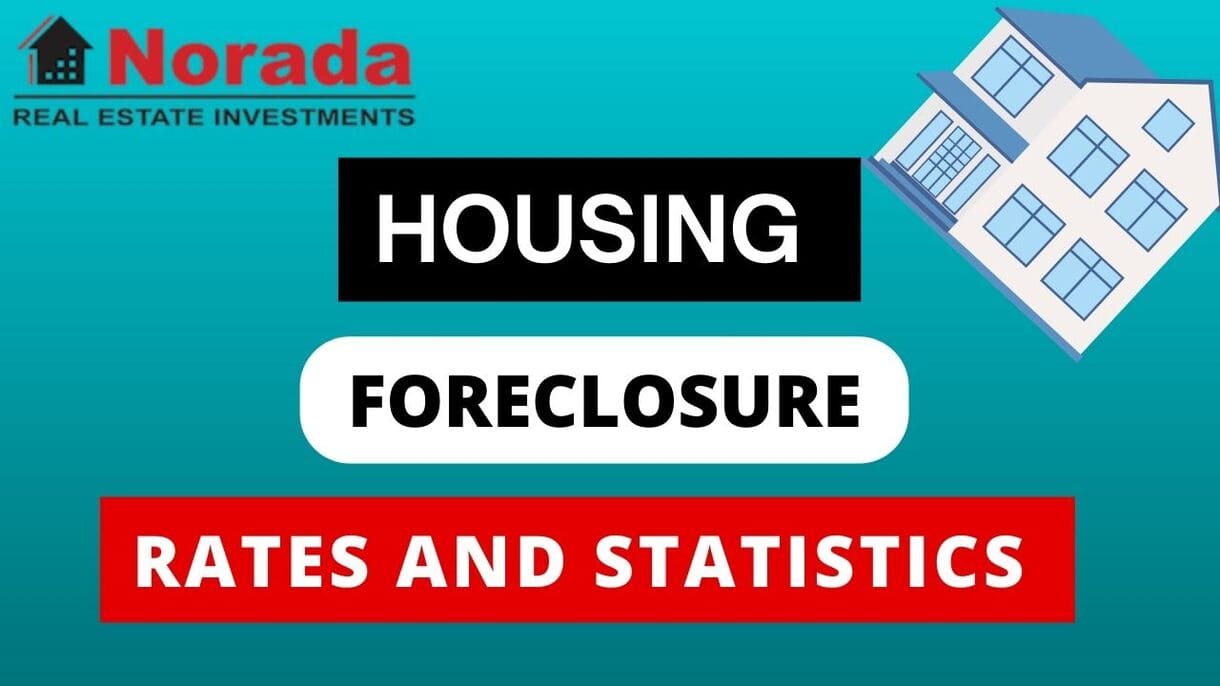If you’re thinking about buying or selling a home in Virginia’s capital, you’ve probably felt the tension in the air. Interest rates have kept many buyers on the sidelines, but here in RVA, the activity hasn't stopped. So, what’s the real story? My professional experience watching property trends and analyzing the latest data suggests a clear answer: The Richmond, VA housing market remains fundamentally strong, characterized by fast-moving inventory and continued moderate price growth, with no indication of a major crash coming in 2025 or 2026. While rising costs have cooled the furious pace we saw a few years ago, Richmond is still attracting people, keeping demand high and supply frustratingly low.
This isn’t just a hunch; this is what the numbers—and the behavior of buyers right here on the ground—are telling me. For anyone trying to navigate this tricky market, understanding why Richmond is different from other cities is the key to making a smart decision.
Current Richmond Housing Market Trends
When people ask me about the Richmond market, they often jump straight to prices. But focusing only on the median price misses the most important factor: speed. A market where homes sell quickly is a strong market, regardless of small price fluctuations.
Looking at the most recent data compiled by Zillow for the Richmond Metropolitan Statistical Area (MSA), which extends beyond just the city limits, we get a very clear picture of just how competitive things remain as we head into late 2025.
Key Metrics for the Richmond MSA (Based on 2025 Data):
| Metric | Date Range | Value | My Interpretation |
|---|---|---|---|
| Average Home Value | Past Year | $382,022 (Up 1.3%) | Slow, steady growth. No bubble burst. |
| Median Sale Price | August 2025 | $389,667 | The price point most buyers are hitting. |
| Median Days to Pending | Latest Data | Around 13 Days | The key metric. This is incredibly fast for a higher-rate environment. |
| Sale Price to List Ratio | August 2025 | 1.000 | On average, sellers are getting exactly their asking price. |
| Homes Selling Over List | August 2025 | 42.5% | Nearly half of all sales are still seeing bidding wars. |
I want you to focus on two points here. First, the $382,022 average home value is up 1.3% over the past year. This is stable growth. It’s not the explosive 20% we saw during the pandemic boom, but any positive growth when mortgage rates are high shows underlying strength.
Second, the 13 days to pending is the real story. In a balanced market, that number is closer to 45 to 60 days. When homes are going under contract in less than two weeks, it means serious, qualified buyers are aggressively competing for limited properties. As a real estate professional, I can tell you that those quick sales are often the result of multiple offer scenarios, which explains why 42.5% of sales still close over the list price.
Speed Kills (For Buyers): The Inventory Challenge
Why are homes flying off the shelves so fast? It comes down to basic supply and demand.
As of late September 2025, the total inventory of homes for sale in the Richmond MSA stood at just 3,397 units. This is a low number for a region of this size. Furthermore, new listings added in September were only 1,424.
My personal take on this inventory crunch is tied directly to current mortgage rates. Many homeowners in Richmond locked in fantastic mortgage rates (3% or 4%) between 2018 and 2022. They are hesitant to sell their current house—even if they want to move—because buying a new home means accepting a mortgage rate that is significantly higher. This phenomenon, which I often call the “golden handcuffs effect,” keeps inventory tight.
What Tight Inventory Means for You:
- For Buyers: You must be pre-approved, ready to act immediately, and willing to compromise. You will likely face competition, especially in the most desirable neighborhoods like the Fan, Museum District, or areas of Chesterfield and Henrico County known for great schools.
- For Sellers: You still hold considerable power, provided your home is priced correctly. Since nearly 34% of sales are closing under the list price, buyers are no longer blindly overpaying for flawed properties. Quality and strategic pricing still win.
Will the Richmond Housing Market Crash in 2025 or 2026?
This is the question I hear almost every day. Everyone remembers the 2008 crisis, and when national headlines scream about potential downturns, local homeowners and buyers get nervous.
Based on the economic fundamentals and the specific forecasts provided by Zillow, my expertise tells me that the answer is a clear no. Richmond is not facing a housing crash in the foreseeable future.
A crash happens when values drop rapidly due to oversupply, massive job losses, or irresponsible lending that causes forced selling. Richmond lacks these core ingredients for disaster. We have a diverse economy (state government, healthcare, finance, and education), stable population growth, and, critically, under-supply.
Richmond Home Value Forecast (Projected Change)
The following table shows the projected percentage change in home values, using data based on September 30, 2025. Remember, any positive percentage means prices are still increasing.
| Measure | Date | Projected % Change in Value |
|---|---|---|
| Next 30 Days | 31-10-2025 | +0.4% |
| Next Quarter | 31-12-2025 | +0.8% |
| Next Year | 30-09-2026 | +2.5% |
What this forecast tells me is that the moderate appreciation we have experienced recently will likely continue. A 2.5% increase over the next year suggests stability and steady, healthy growth, not speculative frenzy or a painful correction. This is excellent news for homeowners worried about their equity.
Why Richmond Wins: Comparing RVA to Other Virginia MSAs
To truly understand Richmond’s strength, it helps to see how it stacks up against its neighbors. While every market is unique, comparing the projected growth rates of different Metropolitan Statistical Areas (MSAs) in Virginia highlights Richmond’s relative resilience.
| Region Name | State Name | Projected % Change (Next Year – Sept 2026) |
|---|---|---|
| Richmond, VA | VA | 2.5% |
| Roanoke, VA | VA | 3.3% |
| Lynchburg, VA | VA | 2.8% |
| Winchester, VA | VA | 2.3% |
| Virginia Beach, VA | VA | 2.1% |
| Charlottesville, VA | VA | 1.8% |
| Blacksburg, VA | VA | 1.5% |
My Thoughts on Regional Home Price Forecast Differences:
Notice that Roanoke and Lynchburg are projected to see slightly faster growth than Richmond. Why is that? Generally, smaller, more affordable markets often see steeper percentage increases because they have more room for price catch-up, especially as RVA becomes increasingly expensive for first-time buyers.
However, Richmond's 2.5% projection is strong compared to key college towns like Charlottesville (1.8%) and the larger coastal market of Virginia Beach (2.1%). Richmond’s stability is driven by its strong institutional anchors:
- Government and Finance: As the state capital and home to a Federal Reserve Bank, RVA has thousands of steady, high-paying jobs that insulate it from rapid economic shocks.
- Higher Education: Virginia Commonwealth University (VCU) and its health system anchor the downtown area, driving consistent demand for rentals and urban housing.
- Location: Proximity to the massive job market of Northern Virginia and Washington D.C. means that as housing costs there soar, Richmond remains an affordable and viable option for people willing to commute or work remotely. This constant inflow of wealth supports our property values.
I believe these structural advantages ensure that demand for housing in the Richmond MSA will continue to outpace supply for the foreseeable future.
Advanced Market Insights: Beyond the Median Price
While $389,667 is the median sale price for the MSA, that number doesn't tell the full story about affordability and market segmentation.
In my experience working across the Richmond region, I see three distinct markets operating simultaneously:
1. The Affordable Entry Market (Under $300,000):
This market, found mainly in parts of the East End, Southside, and farther-out counties, is arguably the most competitive. Because inventory is so limited, these homes are almost always involved in bidding wars, often driven by first-time buyers or investors. This is where the short “13 days to pending” figure is truly born.
2. The Move-Up Market ($400,000 – $650,000):
This is where most of the new construction inventory sits, especially in Henrico and Chesterfield. Sales are still fast here, but buyers tend to be more sensitive to interest rates. When rates bump up, this market slows slightly because buyers are calculating larger monthly payments. If you’re selling in this bracket, your home must be updated and move-in ready to achieve the list price.
3. The Luxury Market (Over $750,000):
This segment is less sensitive to interest rates because buyers often have significant equity or pay cash. Sales volume here is lower, but price appreciation remains solid because high-end inventory is always scarce in prime spots like historic Westham or deep into Goochland County.
In conclusion, the Richmond MSA continues to prove why it’s one of the most desirable places to live in the Mid-Atlantic. While the speed of the market is stressful, the stability and projected growth suggest that investment in the Richmond, VA housing market remains a sound long-term decision.
Want Better Cash Flow? Invest in High-Demand Housing Markets
Turnkey rental properties in fast-growing housing markets offer a powerful way to generate passive income with minimal hassle.
Work with Norada Real Estate to find stable, cash-flowing markets beyond the bubble zones—so you can build wealth without the risks of ultra-competitive areas.
🔥 HOT NEW LISTINGS JUST ADDED! 🔥
Talk to a Norada investment counselor today (No Obligation):
(800) 611-3060
Recommended Read:





